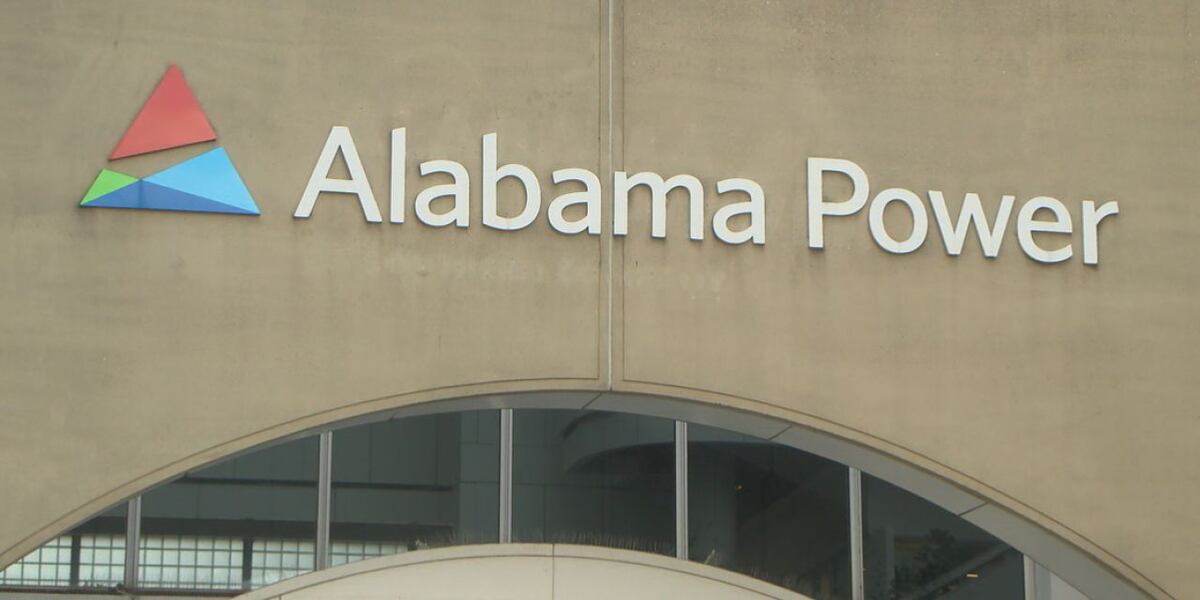Nissan's Hybrid Gamble: Can e-Power Technology Revive the Automaker?

Yokosuka, Japan – Nissan, a once-dominant force in the automotive world, is facing a critical juncture. Years of financial struggles and a series of setbacks have left the company searching for a lifeline. Now, Nissan is pinning its hopes on a new, innovative technology: e-Power. But can this hybrid electric vehicle (HEV) system be the key to unlocking a profitable future?
Nissan's e-Power isn't your typical hybrid. Unlike conventional hybrids that combine a gasoline engine with an electric motor, e-Power uses a gasoline engine solely as a generator to charge the battery and power the electric motor that drives the wheels. This setup provides the instant torque and smooth acceleration typically associated with EVs, while mitigating range anxiety concerns common with fully electric vehicles. Essentially, it delivers an EV-like driving experience without the need for extensive charging infrastructure.
The company has been steadily rolling out e-Power technology in Japan, initially in smaller vehicles like the Note hatchback. The reception has been largely positive, with consumers appreciating the combination of fuel efficiency and electric-like driving characteristics. Nissan is now expanding the e-Power lineup to include larger models, including the X-Trail SUV and the Qashqai crossover, targeting a broader range of buyers.
Why the Focus on Hybrid?
The automotive landscape is rapidly evolving, with electric vehicles (EVs) gaining increasing traction. However, the transition to full electrification faces significant hurdles, including high battery costs, limited charging infrastructure, and consumer range anxiety. Nissan's e-Power strategy offers a pragmatic alternative, bridging the gap between traditional internal combustion engines (ICE) and fully electric vehicles.
“We believe e-Power is a very important technology for the next 10 years,” stated Nissan’s Chief Executive Makoto Uchida. “It’s a way to offer electric driving without the charging constraints.” This sentiment reflects a broader industry trend, with many automakers exploring hybrid and plug-in hybrid solutions as a stepping stone to full electrification.
Challenges and Opportunities Ahead
While e-Power holds considerable promise, Nissan faces several challenges. The technology is more complex than traditional ICE vehicles, potentially leading to higher manufacturing costs and maintenance expenses. Furthermore, the performance of e-Power depends heavily on the efficiency of the gasoline engine. Any shortcomings in the engine's performance will directly impact the overall fuel economy and driving experience.
However, the opportunities are significant. Nissan's early lead in e-Power technology gives it a competitive advantage. The global demand for fuel-efficient vehicles remains strong, and e-Power offers a compelling solution for consumers who are not yet ready to fully embrace EVs. Moreover, the technology can be adapted to various vehicle segments, allowing Nissan to target a wide range of buyers.
The Road to Recovery
Nissan’s success with e-Power will be a crucial factor in its broader turnaround strategy. The company needs to regain market share, improve profitability, and restore investor confidence. While e-Power alone won't solve all of Nissan's problems, it represents a significant step in the right direction. The coming years will be critical in determining whether Nissan's hybrid gamble pays off and whether e-Power can truly revitalize the automaker.






